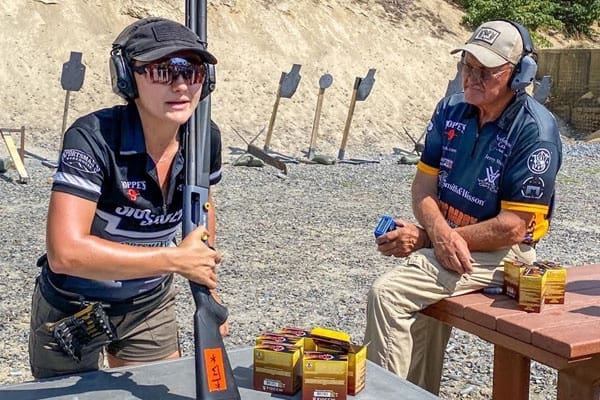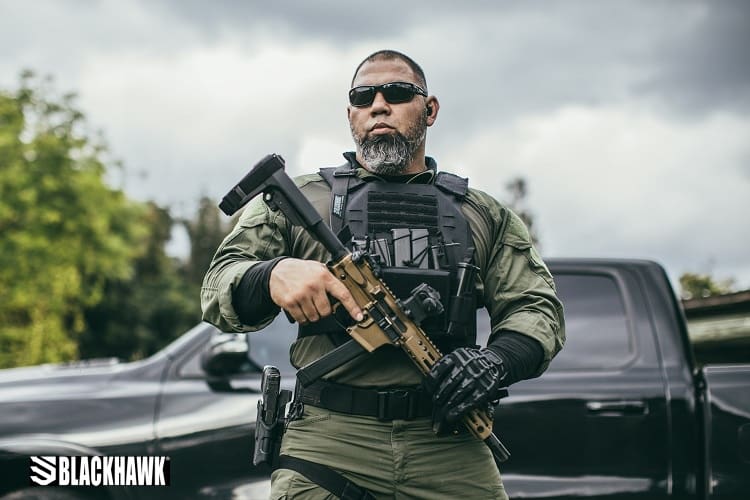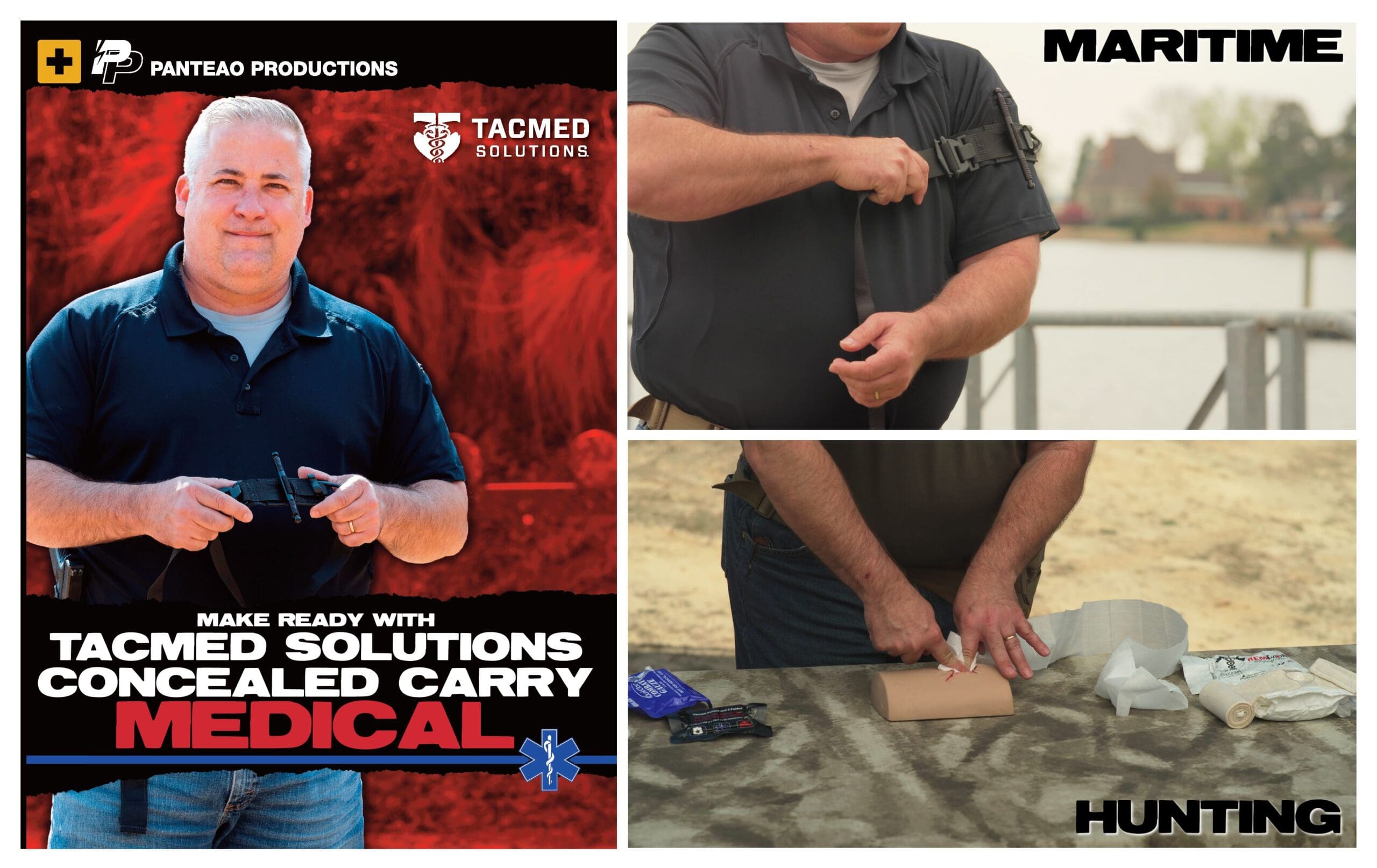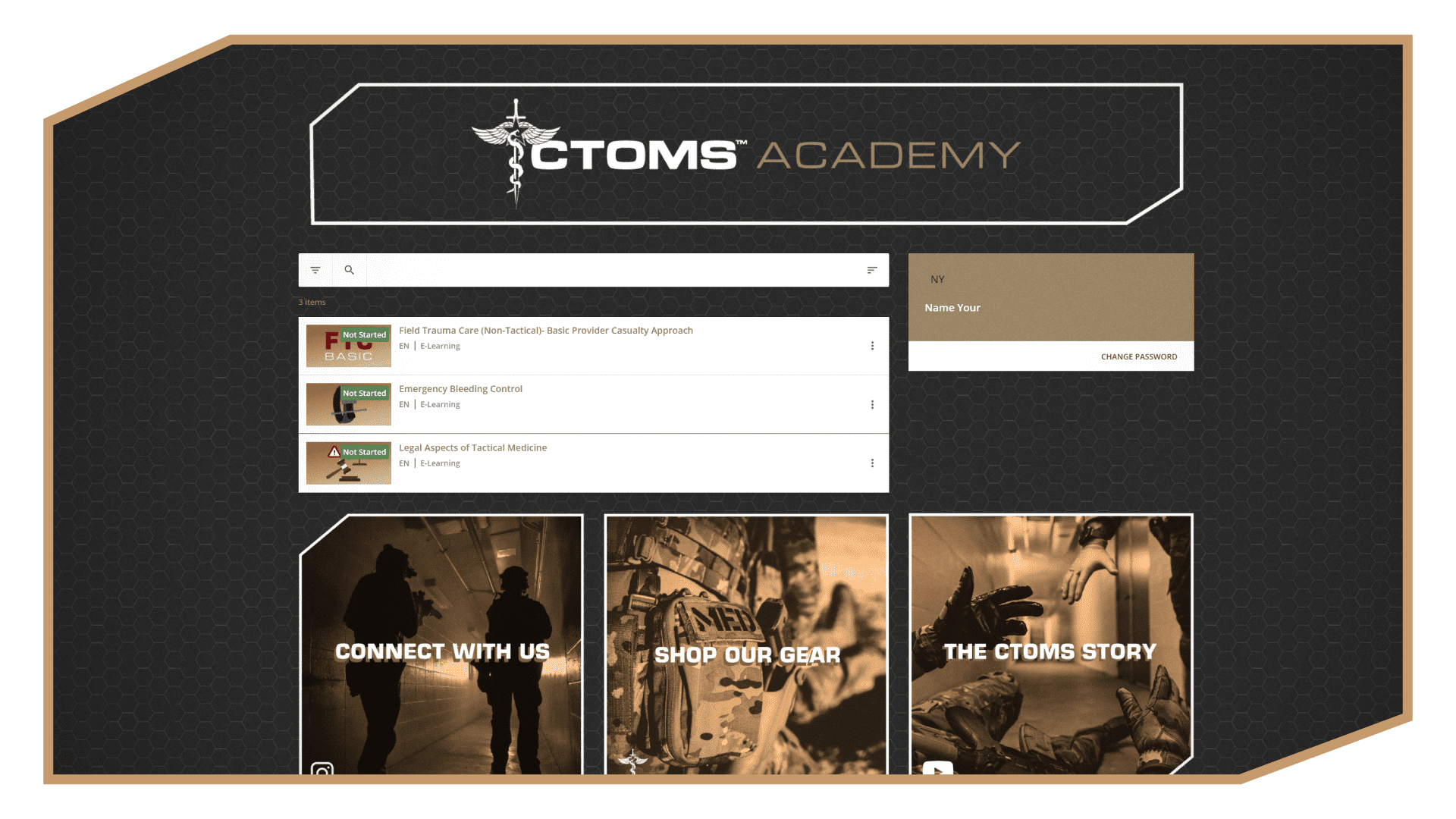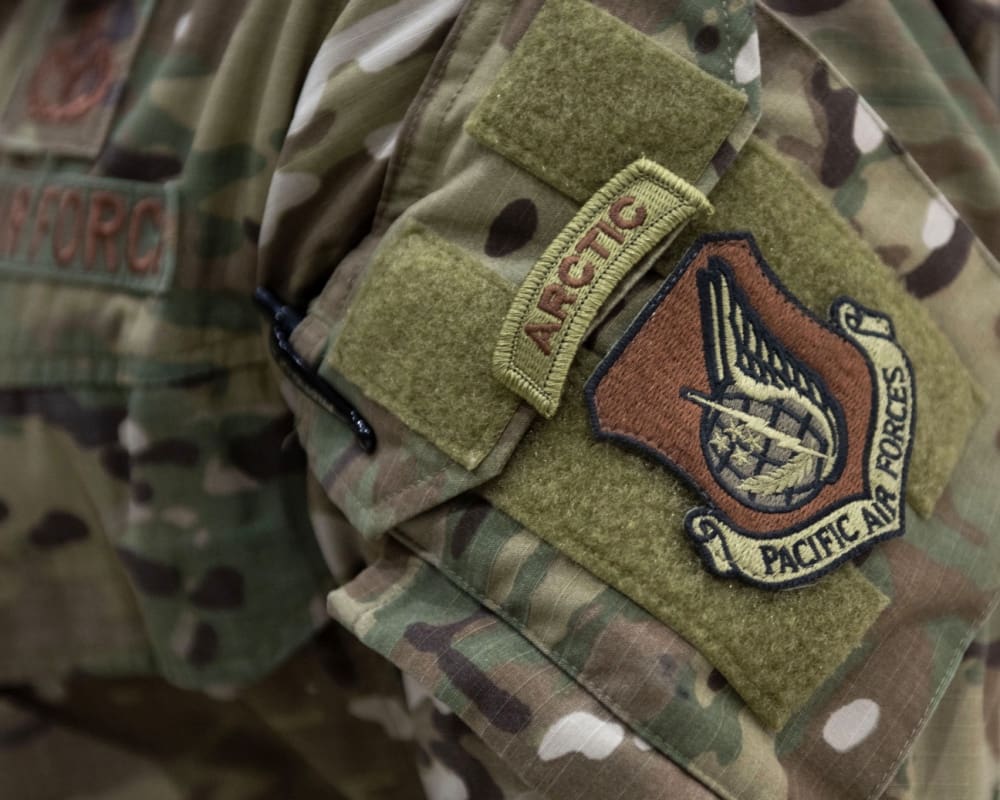TOBYHANNA ARMY DEPOT, Pa. – Tobyhanna Army Depot personnel extended the organization’s reach last month when they traveled to a Romanian seaside community to train allies of the United States.
A two-person team traveled to Constanta, Romania last month to conduct Defense Advanced GPS Receiver (DAGR) New Equipment Training (NET) for Romanian Air Force artillery battalions. NET is an enduring workload for the depot and delivers training to military units after receipt of new assets, ensuring Warfighters across the globe know how to use lifesaving equipment on the battlefield.
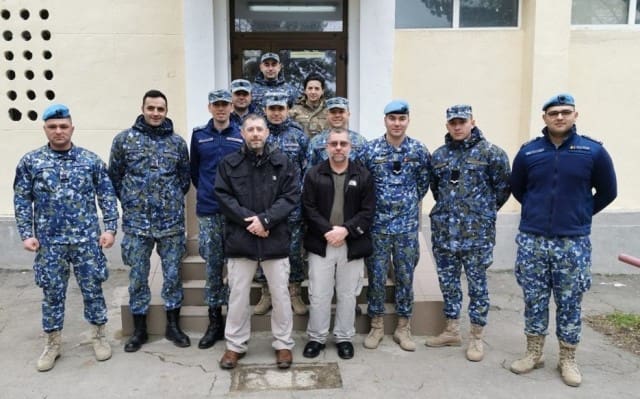
Depot personnel spent a week instructing Romanian Airmen on the overall operations of the DAGR, typically used as part of the Patriot missile system. While NET missions often encompass a wide range of service members, this iteration of the training focused on a targeted group of 11 users, who were educated on the functionalities of DAGR. Students learned through classroom instruction as well as hands-on, practical exercises designed to ensure they could perform to Army Standards when operating the asset. Tobyhanna’s instructors gave the students rave reviews for their enthusiasm.
“The Romanian Airmen were very sharp and quick to learn. They made our job easy,” said Gregory Wirth, a training instructor in the Field Logistics Support directorate. Fellow training instructor Vincent Zuranski agreed.
“We had a great rapport with the class,” they said, adding that one highlight of the trip was the authentic Romanian food the Airmen treated them to every day. Wirth and Zuranski also noted the region’s rich history, home to many ancient Greek and Roman settlements.
The mission was the NET team’s first excursion out of Northeastern Pennsylvania since the onset of the COVID-19 pandemic. While travel into the country was relatively easy, returning home to Tobyhanna was a significant challenge, according to Wirth.
“Because COVID-related guidelines are always changing, there was uncertainty about what we’d need to do to get back to the U.S.,” said Wirth. “We ended up needing a negative COVID test for return travel through Germany – not something easy to navigate while in a foreign country where you don’t speak the language. Luckily, our students and personnel at the embassy helped us obtain the necessary information so we could get home.”
Despite the challenges, the duo said the opportunity to travel was more than welcome.
“As someone who travels for a living, I found it difficult to not be able to support our important missions across the world. It was extremely exciting to get back out on the road to support our Warfighters,” Zuranski said.
In addition to DAGR, Tobyhanna provides NET for military personnel on the Common Remotely Operated Weapons System (CROWS) and a variety of other systems. The mission is directly aligned with the depot’s long-range strategic plan, Toby 2028, specifically the C5ISR Readiness and Shape the Future lines of effort.
The program benefits all members of Team Tobyhanna, according to Eric Walker, who supervises the NET team.
“NET ensures Soldiers worldwide get the training they need to keep themselves, and the world, safe. When our NET instructors return home, they share any new knowledge with the depot employees who are responsible for repairing the equipment here on-post. It’s win-win and a program we’re proud very to support.”
Tobyhanna Army Depot is a recognized leader in providing world-class logistics support for command, control, communications, computers, cyber, intelligence, surveillance and reconnaissance (C5ISR) systems across the Department of Defense. Tobyhanna’s Corporate Philosophy, dedicated work force and electronics expertise ensure the depot is the Joint C5ISR provider of choice for all branches of the Armed Forces and industry partners.
Tobyhanna’s unparalleled capabilities include full-spectrum logistics support for sustainment, overhaul and repair, fabrication and manufacturing, engineering design and development, systems integration, post production software support, technology insertion, modification, foreign military sales and global field support to our joint warfighters.
About 4,000 personnel are employed at Tobyhanna, which is located in the Pocono Mountains of northeastern Pennsylvania. Tobyhanna Army Depot is part of the U.S. Army Communications-Electronics Command. Headquartered at Aberdeen Proving Ground, Maryland, the command’s mission is to empower the Soldier with winning C5ISR capabilities.
By Danielle E. Weinschenk, Lead Public Affairs Specialist
